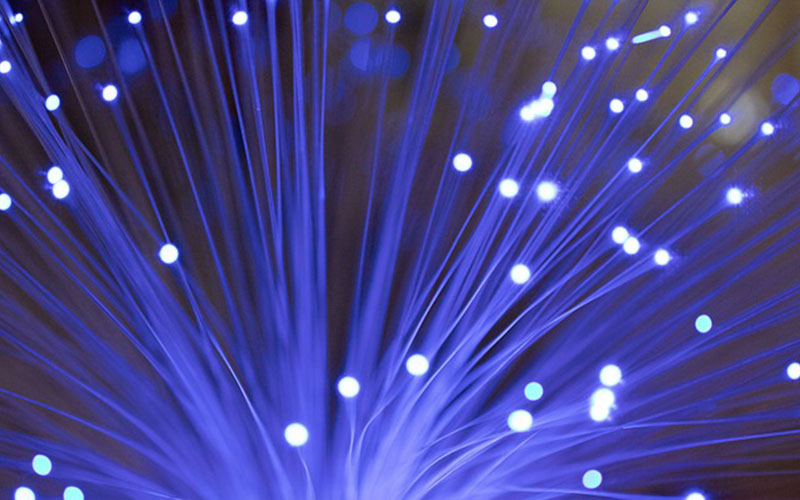Ever since the Internet became available for commercial use back in the 1990s, the way people communicate has started to transform. In the following years up until now, the communication technology and gadgets associated with it have evolved and continue to do so. Nowadays, the fiber optics technology that's being used in both telecommunication and computer networks has revolutionized not just communications in general but it has also reshaped our everyday lives.
Before broadband took over, people had to rely on dial-up connections to access the online world and endure a very slow connection. Now, with optic fiber connections reaching never-before-achieved connection speed, the majority of people cannot even imagine what it would be like to have dial-up once again. In any event, modern technologies lead to some astonishing improvements in communication and online connectivity. With that in mind, here are a few ways fiber optics technology made a significant impact.
A major step up
Before we go any further, we have to compare how things were just less than a decade ago to how things are today. As mentioned before, dial-up modems and Internet access through the public switched telephone network (PSTN) were the thing until the mid-2000s when broadband finally took over. Aside from having to endure the wail of the banshee every time you wanted to go online, you also had to endure the amazing speed of 56 kbit/s tops.
How does it work?

As mentioned before, an optic fiber is a transparent fiber made by drawing glass or plastic into a cable as thin as a string of human hair. Consequently, you need proper fiber internet equipment to leverage the full potential of fiber optics. Their purpose is to transmit light signals with much higher bandwidth than wires or coaxial cables over long distances. The main reason optic fibers aren't made out of metal is that silica allows light to travel without any loss and is immune to electromagnetic interference that would normally weaken the signal.
The way it works is that a transmitter creates an optical signal and sends it through the fiber. Light travels through the fiber in a zigzag pattern so it's not distorted or diminished. In the end, the signal gets received and converted into an electrical signal. So what's the big deal about all of that? Simply put, the optic signal can carry vastly more information than wires or cables made out of copper and with less interference. In other words, fiber optic is more suited for modern demands and needs for communication and data exchange.
Benefits of fiber optics
Fiber optics are generally easy to produce and cheaper to make. They allow vast quantities of information to be transmitted efficiently over great distances. This revolutionized the communication we know and use today.
Video conferencing calls, smartphones and other mobile devices, fast and reliable broadband connections are just some of the things we're able to do and use today thanks to fiber optics. But why don't we all have Internet speed over 1 Gbit/s if fiber optic is so widely spread? Essentially, fiber optics are more suited for longer distances than for LAN (Local Area Network) connections.
What does the future hold?
Fiber optics have existed for around two decades. During all this time, the technology has evolved and it also continues to do so. Year after year, significant improvements have been made and optic fibers become more and more sophisticated with the help of wire manufacturer.
The fact of the matter is that the newest or fifth-generation optic devices, such as fiber lasers, will eventually be able to transmit data in trillion bits per second. There's no insatiable enough commuter who won't be able to be satisfied with such data transfer.
Optic fibers revolutionized communication as we know it. As our society grows, so does the everlasting need for information exchange. This need requires technologies that can support it and fiber optics surely delivered, which they'll continue to do for a very long time.
